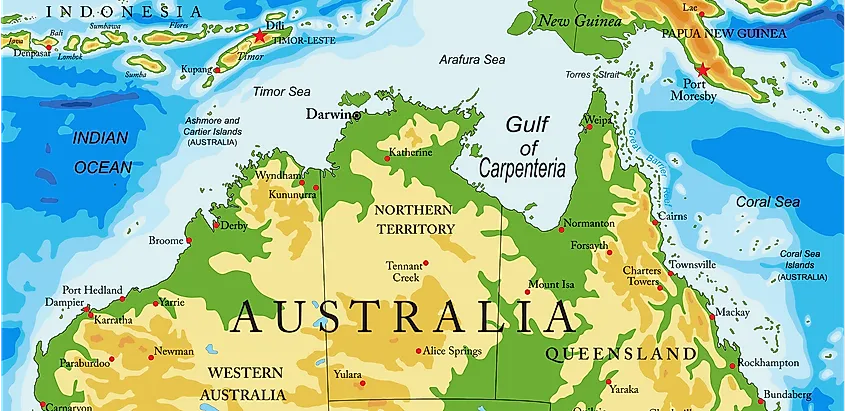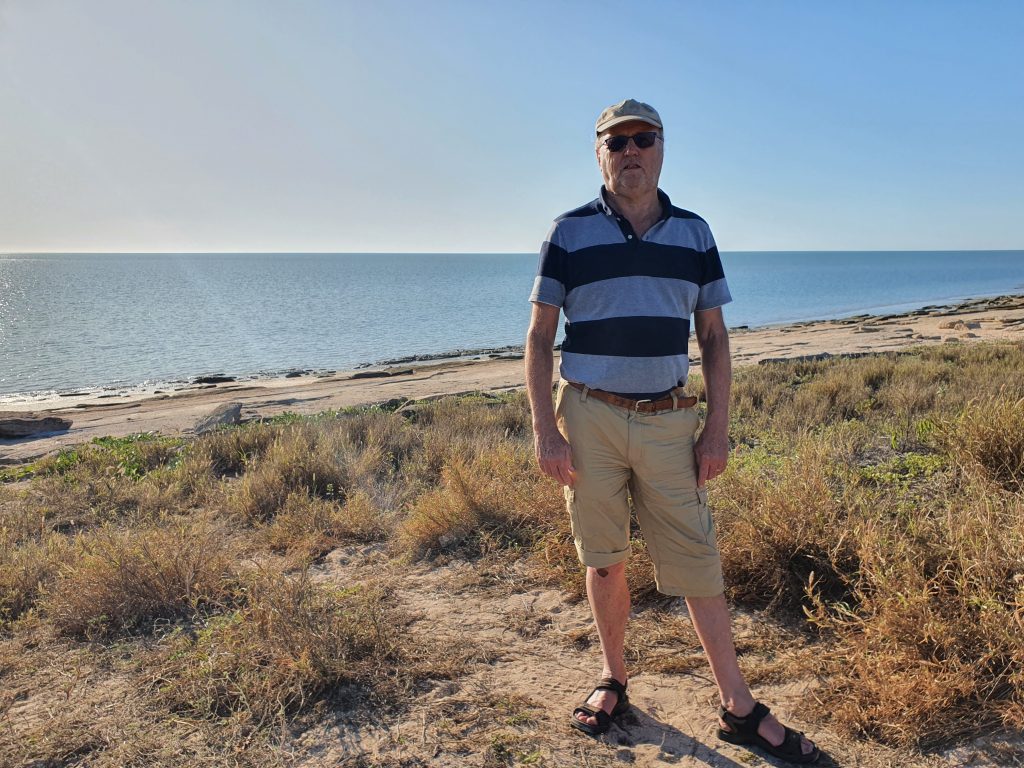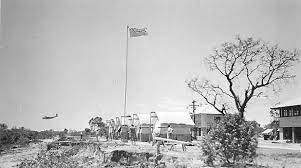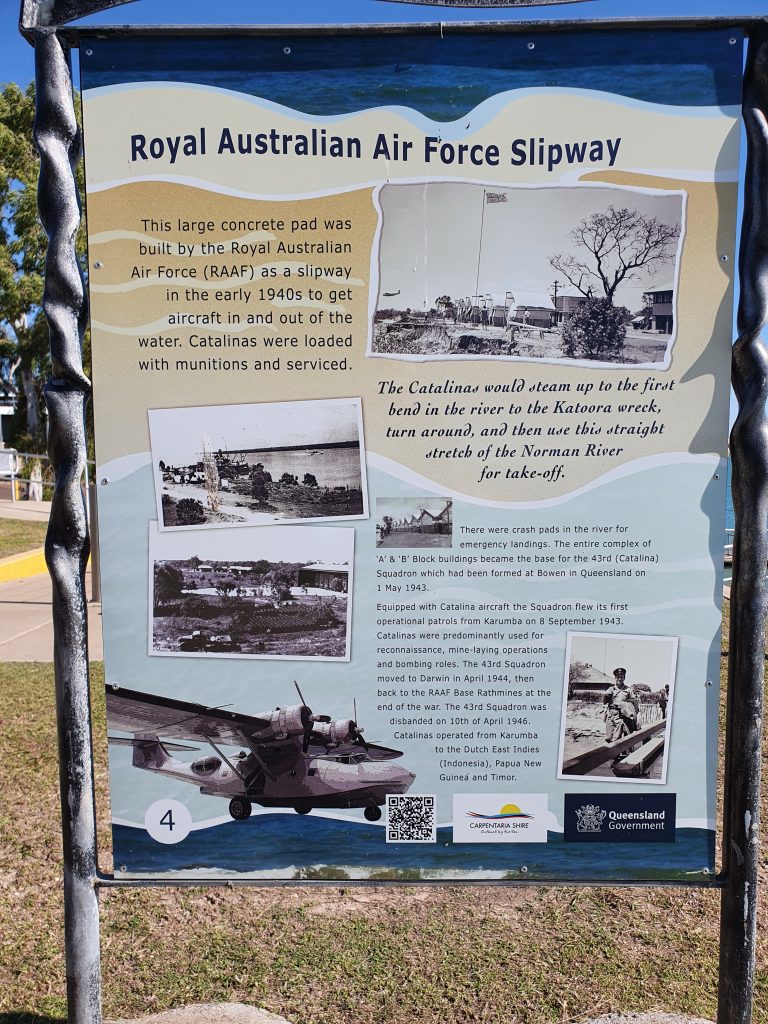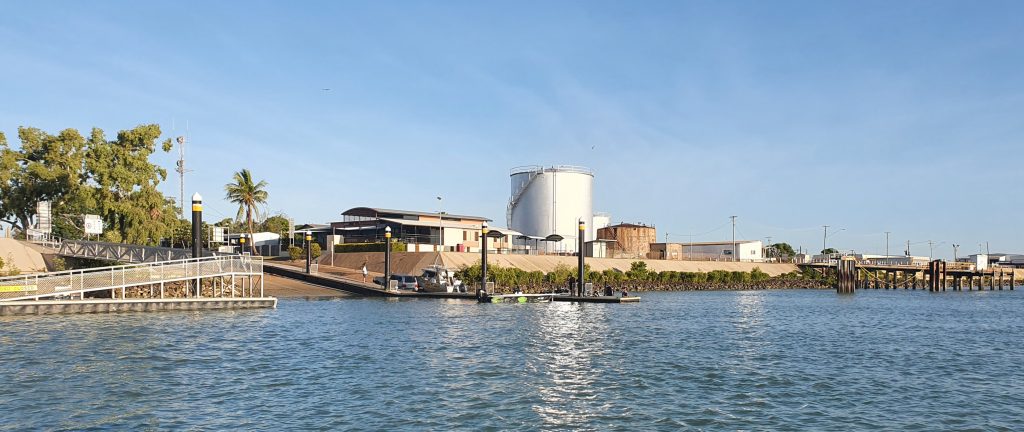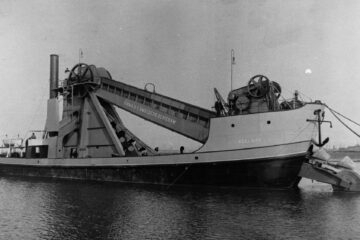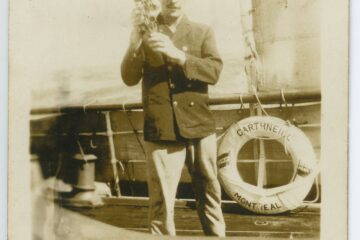When the Japanese invaded the Netherlands East Indies (NEI) during February and early March 1942, many Dutch people fled to Australia, most ended up in Darwin and Broome but a few fled via the Gulf of Carpentaria.
This remote area of northwest Queensland was so open to invasion that a group of Dutch vessels fleeing from NEI was able to sail down the Gulf of Carpentaria to the port of Karumba at the mouth of the Norman River before the local Volunteer Defense Corps, the sole defender of the region, became aware of them and raised the invasion alarm.
The following month, three Dutch Dornier Flying Boats arrived in Brisbane with Dutch and Australian refugees from the island of Ambon.
On their way to Brisbane they were also mistakenly shot at by the Volunteer Defense Force at Karumba when they tried to land for refueling. Luckily no one was hurt.
In 1935 Shell had built a large fuel tank, which came in handy during WWII when the Japanese invasion forces were close to Australia’s north coast. The port at Karumba became an important stopover for the flying boats operating in the war theatres of NEI, especially Timor, and Dutch and Papua New Guinea.
During the war the oil tank was bricked in to make it less visible as such for Japanese bombers. This in turn was sometimes used as a jail during the wild west period of the town when it became Australia’s prawning capital.
Paul Budde
